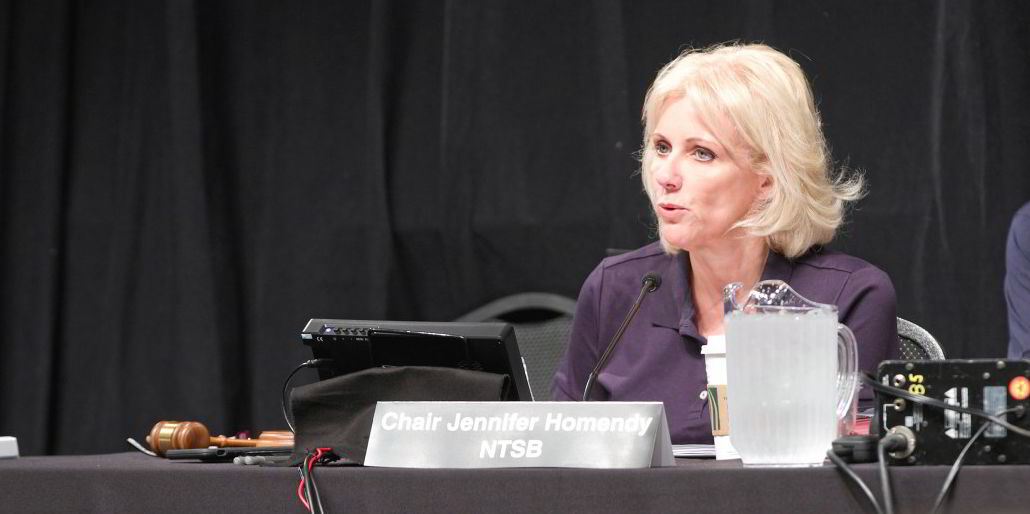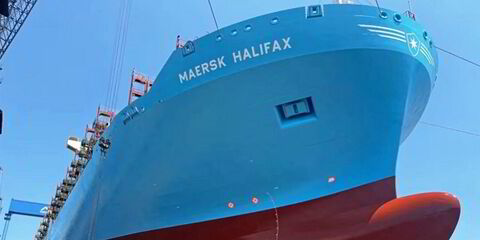The grounding of a Great Lakes bulker was caused by inadequate operating company guidance on under-keel clearance, the US National Transportation Safety Board (NTSB) has found.
American Steamship Co’s 33,400-dwt John J Boland (built 1973) was completing its final loading in Lake Huron when it grounded twice on 21 April 2023, the NTSB said in a report issued on Tuesday.
The crew only discovered flooding and damage to the hull after the final loading was underway.
The vessel sustained over $775,000 in damage.
Three types of aggregate stone, adding up to a total of 30,000 tonnes, were to be loaded onto the bulker.
A plan based on the ship’s past loading and stability software and the operating company’s draught guidance spreadsheet was created.
It required the draught of the John J Boland to be 26 feet 8 inches at most.
According to the NTSB report, the operating company’s draught guidance did not include a safety factor which would provide additional under-keel clearance between the vessel and the shoal, as expected by the first mate who created the load plan.
The operating company’s safety management system also did not provide guidance for creating load plans related to minimum under-keel clearances that would have to be maintained during loading operations.
The NTSB ultimately determined the operating company’s guidance to be inadequate for creating a load plan with sufficient under-keel clearance.
The agency said: “To safely carry out cargo loading operations, it is important for vessel crews to understand the characteristics of the facilities where they will be operating, including the depth of water at the dock and potential hazards, such as nearby shoaling, that could impact the loading process.”
In addition to inadequate company guidance, hull damage was also caused by the master’s decision to use the main engine to free the vessel after it grounded a second time.
After the vessel first grounded, its crew members had used mooring lines to move it ahead.
However, they continued to load the vessel after freeing it, pressing it harder onto the shoal.
After the second grounding, as the vessel was ready to depart, the master decided to use the vessel’s main engine to free it and back off from the dock, scraping the vessel’s hull along the bottom, which resulted in further damage.
When it comes to developing future load plans, the NTSB said that effective company policies and guidance for cargo loading should be put in place, together with consulting information from nautical charts and surveys.
“Effective company policies and guidance for cargo loading include pertinent information, such as clearly identifying expectations for required under-keel clearance, to assist personnel developing load plans with identifying and mitigating hazards,” the NTSB said.
“Additionally, crew members can consult information from nautical charts and surveys, tidal or water gage information, ship-specific stability and loading information, and information from the dock/ facility when developing a load plan.”
Protection and indemnity coverage for the John J Boland is provided by Steamship Mutual.





